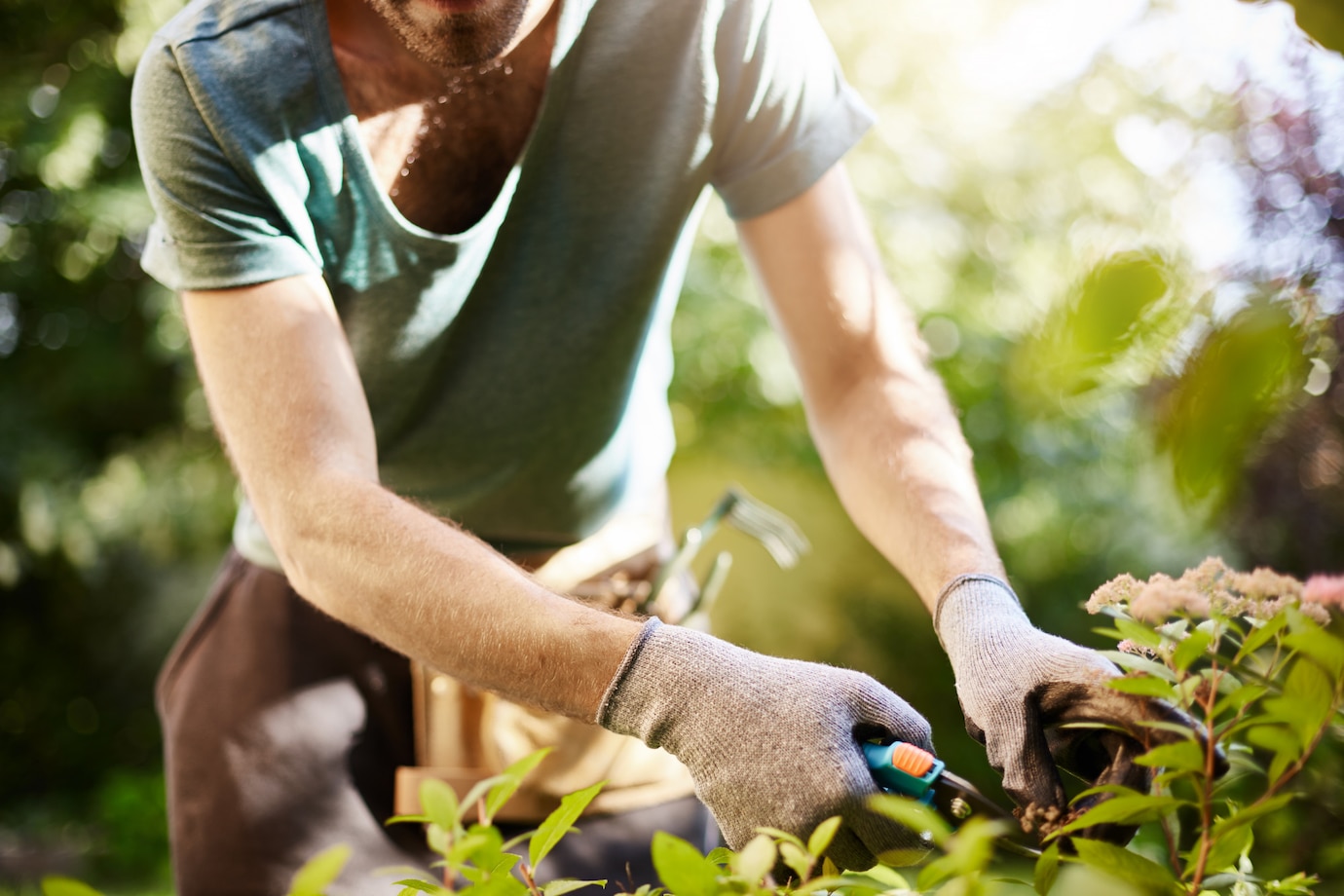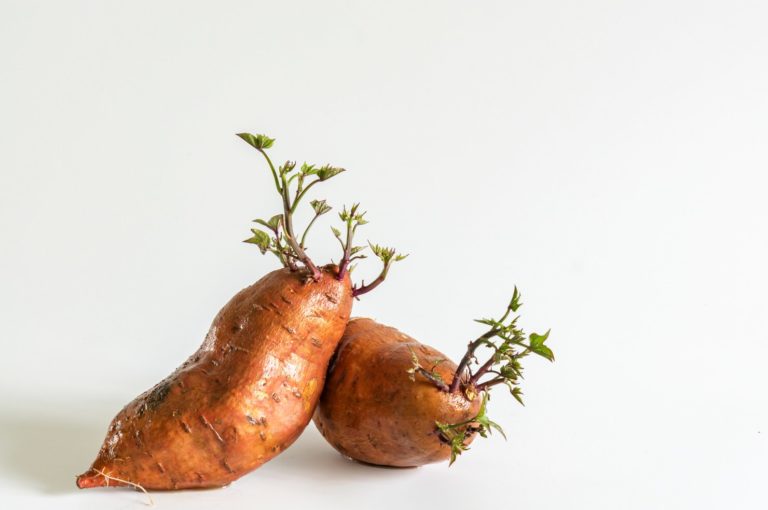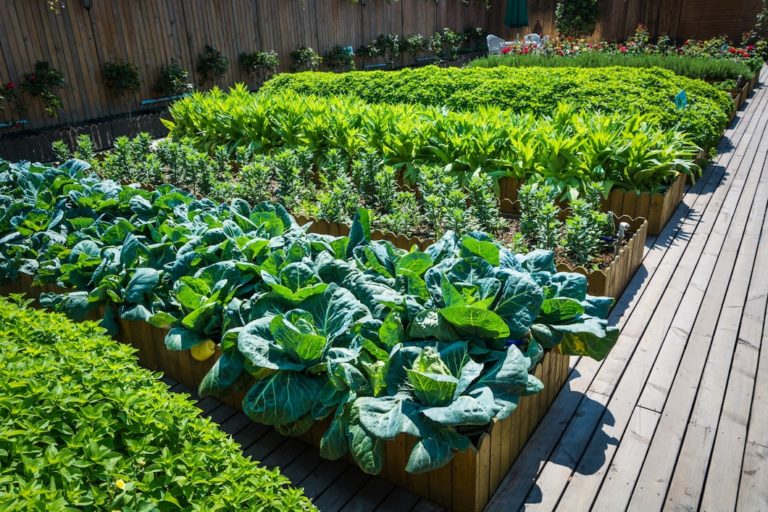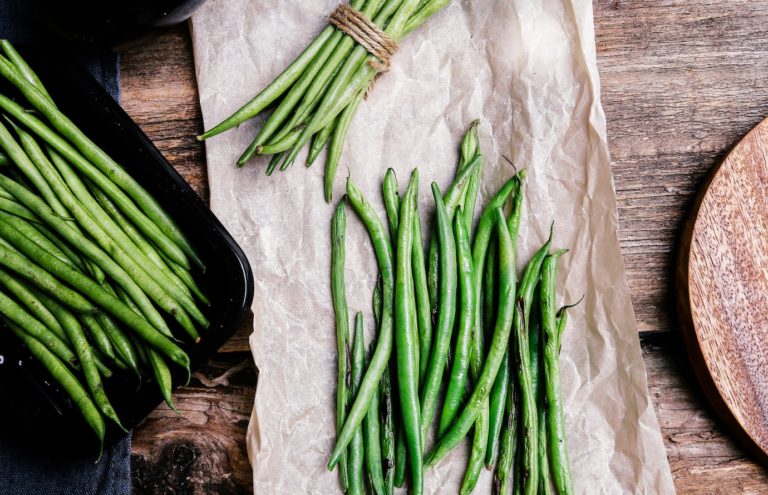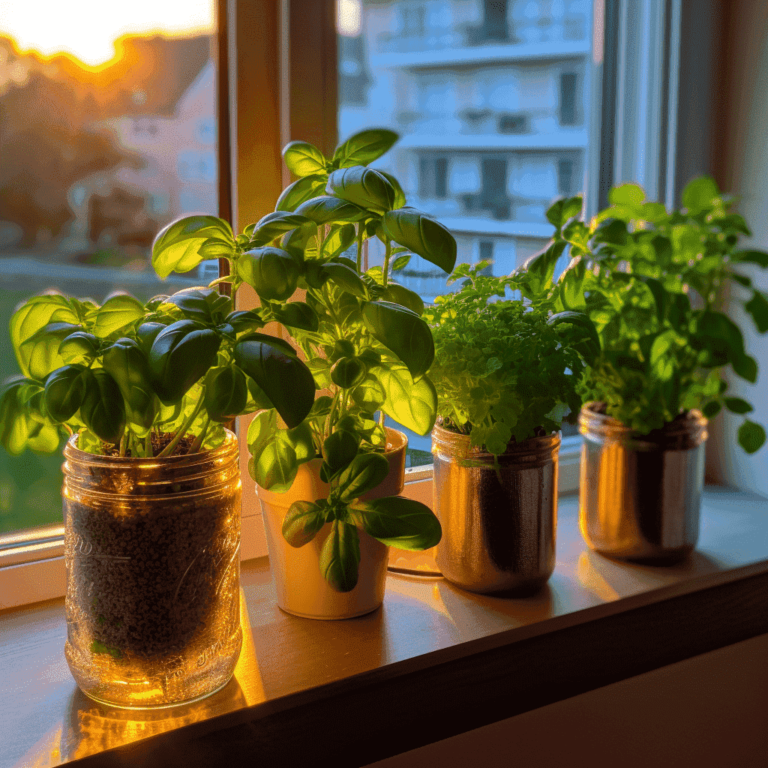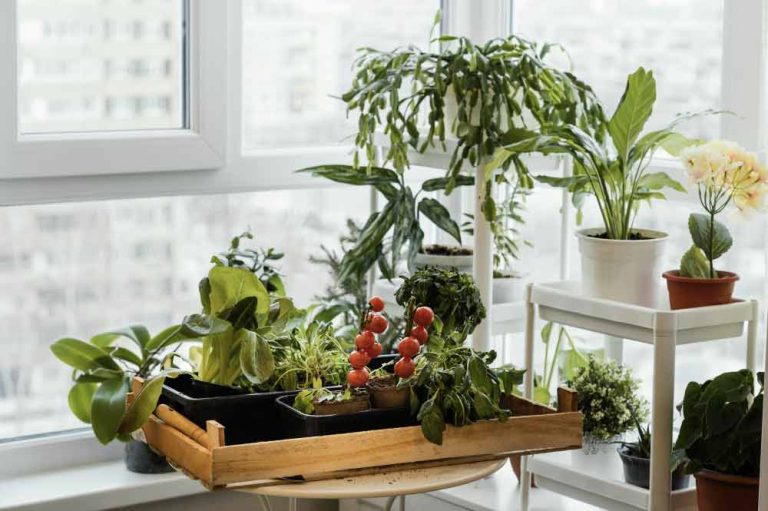6 Essential Gardening Tips for People Who Don’t Have a Lot of Time
Many people think gardening is a time-consuming hobby. And while it’s true that some gardens can take a lot of work, there are ways to enjoy all the benefits of gardening without spending hours every week tending to your plants. If you’re short on time but still want to get your hands dirty, here are five tips to help you get started.
Gardening tips for busy gardeners
Install a Drip Irrigation System
For many gardeners, irrigation is a necessary evil. Hand-watering is time-consuming, and using a sprinkler can be wasteful. However, there is a third option: installing a drip irrigation system. Drip irrigation delivers water directly to the roots of plants, allowing for more efficient watering. In addition, drip irrigation systems can be fitted with timers, so you don’t have to worry about manually turning them on and off. As a result, installing a drip irrigation system can save you time and water, making it an ideal solution for any gardener.
Install a garden hose timer to make watering easier
Summertime is the perfect season for gardening but can also be the busiest time of year. Between work, family obligations, and social commitments, finding time to keep your garden properly watered can be challenging. A garden hose timer can take the guesswork out of watering and help keep your plants healthy and happy even when you’re short on time. By attaching the timer to your hose and setting it to water for a specific period, you can ensure that your plants get the hydration they need without spending hours in the garden. Plus, a garden hose timer can help you to save water by preventing overwatering.
I mentioned my father at the beginning of the article. I have a 1,5 old son, and even if he loves his grandson, he often reschedules his visits to create time to water the garden. So if you’re looking for an easy way to keep your garden healthy and beautiful all summer long, do a favor to your future grandkids (and yourself), and consider installing a garden hose timer.
Use organic fertilizers to keep your plants healthy.
One way to keep your plants healthy is to use organic fertilizers. These fertilizers are made from natural materials, such as manure, compost, and carcasses of dead animals. They help release nutrients into the soil essential for plant growth. In addition, organic fertilizers can improve the structure of the soil, making it better able to hold water and air. As a result, your plants will be healthier and more resilient to stressors like drought and pests. So if you’re looking for a gardening know-how tip, consider using organic fertilizer to boost your plants.
Mulch around your plants to help retain moisture and prevent weeds from growing
Most gardeners know that mulch is a crucial gardening tool. It helps to retain moisture in the soil, prevent weed growth, and keep plants healthy. Many different mulch types are available, including organic options such as bark or wood chips and inorganic options such as stones or gravel. The mulch you choose will depend on your gardening needs and preferences. Applying it carefully around your plants is essential no matter what mulch you use. Too much mulch can suffocate roots and damage plant growth. When used correctly, however, mulch can be a gardening essential.

Prune your plants regularly for a neater appearance
If you want to have an incredible garden all season long, plants must be pruned regularly. Pruning helps promote new growth while preventing overgrown conditions, which can encourage pests, among other things!
Knowing how and when to prune your plants to get the best results is essential. Many people prune their plants in late winter or early spring before new growth begins. This is an excellent time to remove any dead or damaged branches. Summer is also suitable for light pruning, such as shaping or thinning out crowded areas. By pruning your plants regularly, you can maintain a neat appearance all season long.
These were my basic gardening tips about how to keep your yard neat. But what about should you not do?
Choose plants that don’t require a lot of maintenance.
One of the worst parts of gardening is all the work that goes into it. Watering, weeding, and trimming can all be pretty time-consuming. But it doesn’t have to be that way! Some people – like my father – use gardening to escape the daily huss and almost live in the garden, but not everybody is as committed as him.
There are a lot of plants that require very little maintenance. Gardenias, for example, are beautiful flowering shrubs that need relatively low maintenance. They only need to be watered about once a week. Lavender is another great option- it’s easy to care for and smells fantastic. So if you lack time, choose low-maintenance plants. Your gardening will thank you for it!
10 Best indoor plants for a beginner gardener
- Pothos
Pothos is a great plant for beginner gardeners as it is very easy to care for. This vine is native to the Solomon Islands and can grow up to 10 feet long. Pothos is a low-maintenance plant that does not require a lot of water or sunlight to thrive.

- Snake Plant
The snake plant, also known as mother-in-law’s tongue, is a succulent native to Africa. This plant is very drought-tolerant and can thrive in both low-light and bright-light conditions. Snake plants are also very difficult to kill, making them ideal for beginner gardeners.

- Peace Lily
The peace lily is a flowering plant from tropical Asia and the Americas. Peace lilies are known for their beautiful white flowers and their ability to purify the air of harmful toxins. This plant prefers shady areas and does not need a lot of direct sunlight to survive.

- Spider Plant
Spider plant is a perennial herb that is native to Africa and Australia. This plant is easy to care for and can tolerate many growing conditions. Spider plants are also known for being very effective at filtering out harmful toxins from the air.

- Aloe Vera
Aloe vera is a succulent that originates from North Africa and the Canary Islands. This plant is best known for its medicinal properties, as the gel from its leaves can be used to treat burns and other skin irritations. Aloe vera can also tolerate long periods of drought and does not require much sunlight to survive

- Boston Fern
The Boston fern is a beautiful fern that is perfect for adding some greenery to your home. This plant does well in shady locations and requires moderate watering. Boston ferns are also known for being very effective at purifying the air.

- Succulents
Succulents are another great option for beginner gardeners, as they are very easy to care for and do not require much water. These plants come in a wide variety of shapes and sizes, so you can easily find one that will fit your space. Succulents are also known for being very drought-tolerant, so they are a great choice if you live in an area with little rainfall.

- Philodendrons
Philodendrons are a great option for beginner gardeners because they are very forgiving plants. They will likely survive without problems if you forget to water them for a week or two. They also don’t require a lot of light, which makes them perfect for rooms that don’t get a lot of natural sunlight. In addition, philodendrons are relatively low-maintenance plants. They don’t need to be fertilized often and don’t usually suffer from pests or diseases. As a result, philodendrons are an ideal choice for anyone just starting out in the gardening world.

- Rubber trees
For several reasons, rubber trees are also an excellent option for a beginner gardener. First, they are relatively easy to care for and can tolerate many conditions. They are also very forgiving if you forget to water them or accidentally damage their leaves. Second, they are fast-growing and can quickly add a touch of greenery to your home. And third, they are relatively low-maintenance, meaning you won’t have to spend hours every week caring for them. So a rubber tree is a great option if you’re looking for a plant that is easy to care for and can make a big impact in your home.

- Fiddle leaf figs
Fiddle leaf figs (Ficus lyrata) are a popular indoor plant type known for their large, glossy leaves. They are native to tropical regions of Africa and Asia and prefer warm, humid conditions. While they can be a bit finicky, fiddle leaf figs are generally easy to care for and make an excellent choice for beginner gardeners. One of the reasons for their popularity is that they are relatively low maintenance. They prefer bright, indirect light but can tolerate lower light levels, and only need to be watered every week or two. Fiddle leaf figs are also relatively tolerant of temperature and humidity fluctuations, making them a good choice for people who live in changeable climates. With a little care and attention, fiddle leaf figs can thrive indoors for many years.

10 Best outdoor plants for a beginner gardener
- Catmints
If you’re thinking of starting a garden, you might wonder which plants are the best for a beginner. Well, one great option is catmint. Catmints are easy to grow and require little maintenance. They’re also quite hardy, so they can tolerate some neglect. They’re beautiful and produce lavender-colored flowers that attract bees and other pollinators. So if you’re looking for a plant that’s easy to care for and will add some color to your garden, catmints are a great choice.

- Fuchsias
Fuchsias are a popular choice for beginner gardeners for many reasons. First, they are relatively easy to grow and care for. They prefer shady locations and moderate temperatures and are relatively tolerant of drought and frost. Second, fuchsias come in a wide range of colors and sizes, so it is easy to find one that will fit into your garden. Third, they are relatively low-maintenance plants. They don’t need to be deadheaded or pruned, and they can even tolerate some neglect. So if you’re looking for a plant that is easy to grow and care for, fuchsias are a great option.

- African daisies
African daisies are an excellent option for beginner gardeners for a few reasons. First, they’re relatively easy to care for – they don’t need much water or attention to thrive. Second, they’re very resilient – even if you make a few mistakes while caring for them, they’re likely to forgive you and continue to bloom beautiful flowers. Finally, they add a pop of color to any garden – whether you plant them in a pot or in the ground, they’re sure to brighten up your yard. So if you’re thinking about starting a garden, consider adding some African daisies to your collection.

- Nasturtiums
Just sow the seeds directly in the ground and they will come up in a few weeks with minimal effort. Second, nasturtiums are very tolerant of poor soils and will even grow in areas that are not well-drained. This makes them an excellent option for gardeners who are just starting out and might not have ideal growing conditions. Finally, nasturtiums are practically bullet-proof when it comes to pests and diseases. They are rarely bothered by bugs or fungal infections, so you can plant them and forget about them. All of these factors make nasturtiums an excellent choice for beginner gardeners.

- Mexican orange blossom
Mexican orange blossoms (also called mock oranges) are easy to grow and care for – in most cases, you can just plant them and let them do their thing. Second, they’re very tolerant of different types of soil and exposure to sunlight, so they’re perfect for those still learning about plant care. Third, they produce beautiful white flowers with a lovely citrusy scent – perfect for filling your garden with fragrance. And finally, they attract bees and other pollinators, which is always a bonus. So if you’re looking for an easy-care plant that will still give you beautiful results, Mexican orange blossoms are definitely worth considering.

- Alliums
Alliums are relatively easy to grow and maintain. They are also very versatile, as they can be used in various cooked dishes and garnishes. Moreover, alliums are relatively pest-resistant, so you won’t have to worry about them being eaten by insects or other animals. Finally, alliums are relatively tolerant of poor soil conditions, so you won’t need to make significant improvements to your soil before planting them. Consequently, if you’re looking for an easy-to-grow plant that can be used in various ways, alliums are an excellent choice.
- Sunflowers
They’re easy to grow, and they don’t require a lot of care. Sunflowers are also relatively resistant to pests and diseases. Plus, they add a beautiful pop of color to any garden. If you’re looking for a low-maintenance plant that will brighten up your yard, sunflowers are a great choice.

- Courgettes
Courgettes, also known as zucchinis, are squash commonly grown in gardens. They are popular for beginner gardeners because they are relatively easy to care for and produce a high yield. Additionally, courgettes can be harvested at different stages of maturity, so you can enjoy them throughout the summer. When choosing a courgette plant, look for one compact with deep green leaves. Avoid plants with yellow leaves or flowers, as this indicates the plant is past its prime. With a bit of patience and care, you can enjoy delicious courgettes all summer long.

- Cosmos bipinnatus
Also known as “Cosmos sulphureus”, this plant is native to Mexico and flourishes in warm weather. It’s easy to grow from seed and produces beautiful yellow or orange flowers that attract bees and butterflies. Best of all, it’s pretty drought-tolerant, so you won’t have to worry about watering it daily. If you’re looking for an easy-to-care-for plant that will add color to your garden, Cosmos bipinnatus is a great choice.

- Radishes
Radishes are relatively easy to grow. They don’t require much attention or care and often do well, even in poor soils, and grow quickly. In just a few weeks, you can often have a crop of radishes to harvest. This is great for beginners who want to quickly see results from their gardening efforts. Finally, radishes are versatile vegetables that can be used in various dishes. You can eat them raw, cooked, or pickled, making them a versatile addition to any kitchen garden. So if you’re looking for an easy vegetable to start with, consider radishes. They’re hard to beat when it comes to beginner-friendly gardening.

What should you not do when gardening?
- Don’t overwater your plants.
When is the best time to water your garden? One of the most common mistakes gardeners make is overwatering their plants. While it’s essential to give your plants enough water, too much water can be harmful. Overwatering can lead to problems such as root rot, leaf drop, and fungal growth. Check the soil before watering if you’re unsure whether your plant needs water. The soil should be dry to the touch before you water your plant. - Don’t neglect your plants.
Another mistake that gardeners make is neglecting their plants. Like any living thing, plants need care and attention to thrive. Neglecting your plants can lead to problems such as yellowing leaves, stunted growth, and poor blooming. Be sure to check on your plants regularly and give them the care they need to stay healthy and happy. - Don’t use too much fertilizer.
Using too much fertilizer is another common gardening mistake. Fertilizers can be beneficial for plants, but using too much can do more harm than good. Overfertilizing can lead to leaf burn, root damage, and poor plant health. When using fertilizer, follow the directions on the package carefully so that you don’t use more than necessary. - Don’t forget to mulch.
Mulching is a vital gardening practice that helps to conserve moisture and protect plants from extreme temperatures. However, many gardeners forget to mulch their plants or use too little mulch. Be sure to spread a layer of mulch around your plants two to four inches deep to reap the benefits of this critical gardening practice. - Don’t plant too close together.
Planting your plants too close together is another common gardening mistake. When plants are spaced too closely together, they compete for resources such as sunlight, water, and nutrients from the soil. This can lead to problems such as stunted growth and poor plant health.
Related Posts
- Container Gardening for Beginners: 10 Awesome Tips to Get Started
- When is the best time to water your garden
- Signs You’re Overwatering Your Indoor Plants and What to Do About It

